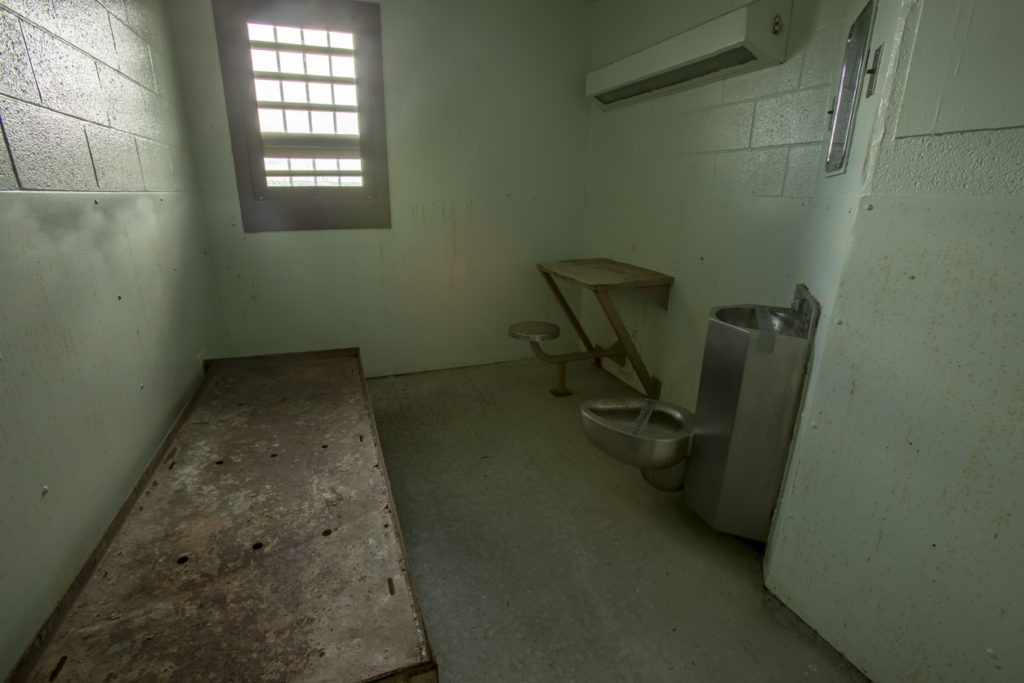Is Death by Hypothermia the Latest Restraint Chair Atrocity in a US Jail? -Pt4

What is a Restraint Chair? continued
More insights about restraint chairs follow with references to coordinating rules for using restraints as established by the Texas Commission on Jail Standards (TCJS) or the Texas Juvenile Justice Department, where applicable. The TCJS rules are found in Title 37, Part 9, Chapter 273, and Rule §273.6-Restraints in the Texas Administrative Code:
- Only certified, competent individuals should utilize restraint chairs. In the Texas Juvenile Justice Department rules under Rule §343.812-Non-Ambulatory Mechanical Restraints, any supervision or probation officer authorized to place an inmate in a non-ambulatory mechanical restraint such as a restraint chair must be trained in pertinent topics, including the following from Rule §343.812 (n)(1&2):
- How to monitor the critical blood circulation points and vital signs of a resident in the restraint chair; and
- The emergency procedures for removing a resident from the restraint chair.
- A supervisor must oversee application of a restraint chair. Under the TCJS rules, Rule §273.6(1) states that only supervisory or medical personnel can make the decision to apply restraints. Also, Rule §273.6(6)(A), when an inmate is confirmed to be pregnant or has given birth in the preceding 12 weeks, supervisory personnel must be the ones to determine the necessity of using restraints to prevent and immediate and credible risk of escape or harm to self or others.
Learn more in Part 1, Part 2, Part 3, and this ongoing series.
Helping inmates by providing pertinent resources is the purpose of this website. There is no intention of accusing organizations or individuals of engaging in misdeeds.
–Guest Contributor
